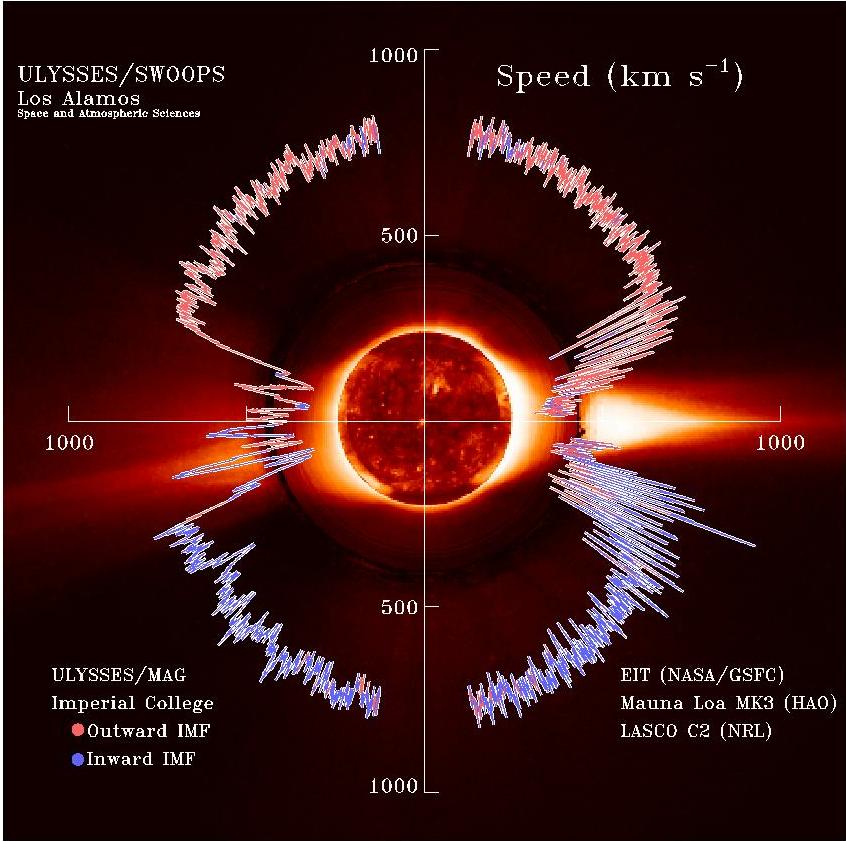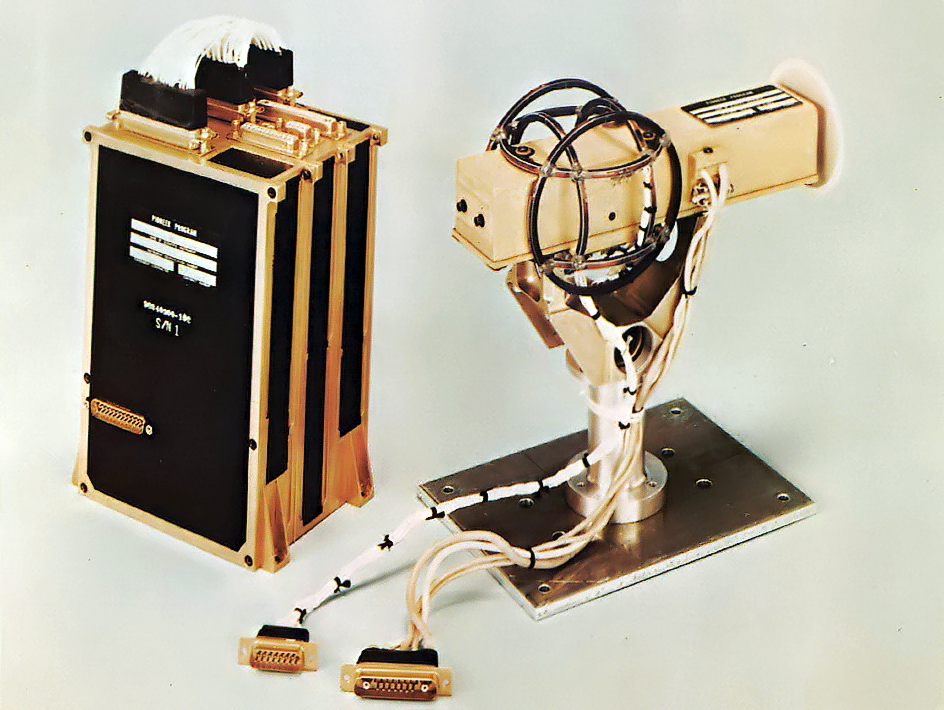|
Dunedin Astronomical Society
The Dunedin Astronomical Society Incorporated (DAS) is an amateur astronomical group operating from the Beverly-Begg Observatory Dunedin, New Zealand. It is affiliated with the Royal Astronomical Society of New Zealand and with the Otago Institute. The objectives of the society are to: * Promote astronomy and telescope making * Maintain the Beverly-Begg Observatory and provide regular public viewing nights and astronomical instruction for privately arranged groups * Aid members by providing a regular programme of lectures and practical demonstrations on astronomical and telescope making topics * To provide access to astronomical equipment owned by the society to members and to upgrade such equipment as the society deems appropriate Membership of the society is open to anyone interested in astronomy. History The Society was established on Monday 27 September 1910 by a meeting in "The Chemistry Room" of the University of Otago as the "Otago Astronomical Society". R. Gilkison wa ... [...More Info...] [...Related Items...] OR: [Wikipedia] [Google] [Baidu] |
Beverly-Begg Observatory
The Beverly-Begg Observatory is a New Zealand astronomical observatory, situated in Robin Hood Park in the Belleknowes part of Dunedin's town belt. It was established in 1922 by the Dunedin Astronomical Society (DAS) and is the home of the group. History The observatory is named after local astronomers Arthur Beverly (1822-1907) and John Campbell Begg (1876-1965). The annex was added in the 1960s. On 6 September 2008 the society unveiled a new 35 cm Celestron instrument on a Software Bisque Paramount ME robotic telescope mount with camera totalling $38,000, replacing a 30.5 cm reflector telescope that had been in use since 1973. In addition $9,000 was spent upgrading the observatory facilities, including raising the floor by 1 m and installing computer screens displaying images captured by the telescope. Operation The observatory is open to the public on Sunday nights from 7:30 pm during the winter months (when New Zealand daylight saving time Day ... [...More Info...] [...Related Items...] OR: [Wikipedia] [Google] [Baidu] |
Sky-Watcher
Sky-Watcher is a commercial distribution company established in 1999 by the Synta Technology Corporation of Taiwan (Synta Taiwan) that markets telescopes and astronomical equipment, like mounts and eyepieces, aimed at the amateur astronomical market. The products are manufactured at Synta Taiwan's Suzhou Synta Optical Technology Co., Ltd. in Suzhou (Jiangsu), China. The brand is distributed in Canada and Europe and, in the late 2000s, extended to the USA market. Company history In 1999, the brand "Sky-Watcher" was established to sell Syn ...[...More Info...] [...Related Items...] OR: [Wikipedia] [Google] [Baidu] |
Amateur Astronomy Organizations
An amateur () is generally considered a person who pursues an avocation independent from their source of income. Amateurs and their pursuits are also described as popular, informal, self-taught, user-generated, DIY, and hobbyist. History Historically, the amateur was considered to be the ideal balance between pure intent, open mind, and the interest or passion for a subject. That ideology spanned many different fields of interest. It may have its roots in the ancient Greek philosophy of amateur athletes competing in the Olympics. The ancient Greek citizens spent most of their time in other pursuits, but competed according to their natural talents and abilities. The "gentleman amateur" was a phenomenon among the gentry of Great Britain from the 17th century until the 20th century. With the start of the Age of Reason, with people thinking more about how the world works around them, (see science in the Age of Enlightenment), things like the cabinets of curiosities, and th ... [...More Info...] [...Related Items...] OR: [Wikipedia] [Google] [Baidu] |
List Of Astronomical Societies
A list of notable groups devoted to promoting astronomy research and education. Africa *African Astronomical Society South Africa * Astronomical Society of Southern Africa Asia China *Chinese Astronomical Society India *Akash Mitra Mandal *Astronomical Society of India * Bangalore Astronomical Society (BAS) *Confederation of Indian Amateur Astronomers * IUCAA *Jyotirvidya Parisanstha * Khagol Mandal * Khagol Vishwa Europe * European Astronomical Society * European Association for Astronomy Education France * Société astronomique de France * Société Française d'Astronomie et d'Astrophysique (SF2A) Germany * Astronomische Gesellschaft Greece * Hellenic Astronomical Society Ireland *Irish Astronomical Society *Irish Federation of Astronomical Societies Italy * Unione Astrofili Italiani Norway * Norwegian Astronomical Society Poland * Polish Astronomical Society Serbia * Astronomical Society Ruđer Bošković Turkey * Spaceturk United Kingdom * Airdrie Astronomic ... [...More Info...] [...Related Items...] OR: [Wikipedia] [Google] [Baidu] |
New Horizons
''New Horizons'' is an interplanetary space probe that was launched as a part of NASA's New Frontiers program. Engineered by the Johns Hopkins University Applied Physics Laboratory (APL) and the Southwest Research Institute (SwRI), with a team led by Alan Stern, the spacecraft was launched in 2006 with the primary mission to perform a flyby study of the Pluto system in 2015, and a secondary mission to fly by and study one or more other Kuiper belt objects (KBOs) in the decade to follow, which became a mission to 486958 Arrokoth. It is the fifth space probe to achieve the escape velocity needed to leave the Solar System. On January 19, 2006, ''New Horizons'' was launched from Cape Canaveral Space Force Station by an Atlas V rocket directly into an Earth-and-solar escape trajectory with a speed of about . It was the fastest (average speed with respect to Earth) man-made object ever launched from Earth. It is not the fastest speed recorded for a spacecraft, which as of 2021 ... [...More Info...] [...Related Items...] OR: [Wikipedia] [Google] [Baidu] |
Photometry (astronomy)
Photometry, from Greek '' photo-'' ("light") and '' -metry'' ("measure"), is a technique used in astronomy that is concerned with measuring the flux or intensity of light radiated by astronomical objects. This light is measured through a telescope using a photometer, often made using electronic devices such as a CCD photometer or a photoelectric photometer that converts light into an electric current by the photoelectric effect. When calibrated against standard stars (or other light sources) of known intensity and colour, photometers can measure the brightness or apparent magnitude of celestial objects. The methods used to perform photometry depend on the wavelength region under study. At its most basic, photometry is conducted by gathering light and passing it through specialized photometric optical bandpass filters, and then capturing and recording the light energy with a photosensitive instrument. Standard sets of passbands (called a photometric system) are defined ... [...More Info...] [...Related Items...] OR: [Wikipedia] [Google] [Baidu] |
Astrometry
Astrometry is a branch of astronomy that involves precise measurements of the positions and movements of stars and other celestial bodies. It provides the kinematics and physical origin of the Solar System and this galaxy, the Milky Way. History The history of astrometry is linked to the history of star catalogues, which gave astronomers reference points for objects in the sky so they could track their movements. This can be dated back to Hipparchus, who around 190 BC used the catalogue of his predecessors Timocharis and Aristillus to discover Earth's precession. In doing so, he also developed the brightness scale still in use today. Hipparchus compiled a catalogue with at least 850 stars and their positions. Hipparchus's successor, Ptolemy, included a catalogue of 1,022 stars in his work the ''Almagest'', giving their location, coordinates, and brightness. In the 10th century, Abd al-Rahman al-Sufi carried out observations on the stars and described their positions, magn ... [...More Info...] [...Related Items...] OR: [Wikipedia] [Google] [Baidu] |
Solar Wind
The solar wind is a stream of charged particles released from the upper atmosphere of the Sun, called the corona. This plasma mostly consists of electrons, protons and alpha particles with kinetic energy between . The composition of the solar wind plasma also includes a mixture of materials found in the solar plasma: trace amounts of heavy ions and atomic nuclei such as C, N, O, Ne, Mg, Si, S, and Fe. There are also rarer traces of some other nuclei and isotopes such as P, Ti, Cr, 54Fe and 56Fe, and 58Ni, 60Ni, and 62Ni. Superposed with the solar-wind plasma is the interplanetary magnetic field. The solar wind varies in density, temperature and speed over time and over solar latitude and longitude. Its particles can escape the Sun's gravity because of their high energy resulting from the high temperature of the corona, which in turn is a result of the coronal magnetic field. The boundary separating the corona from the solar wind is called the Alfvén surface. At a dist ... [...More Info...] [...Related Items...] OR: [Wikipedia] [Google] [Baidu] |
Osaka Electro-Communication University
, OECU is a private university in Japan. The main campus is located in Neyagawa-shi, Osaka Prefecture. History The predecessor of the school was founded in 1924, and it was chartered as a university in 1961. *In 1924, was established. *In 1932, was established. *In 1941, and were established. *In 1943, 'East Asian Electro-Communication Engineering School' was changed to . was established. In September, 'Osaka musen denki gakko' and 'Osaka Communications Engineering Senior High School' were transferred to 'Kanritsu Musen Denshin Kōshūjo' Governmentally school of Osaka, by National Mobilization Law was legislated in the Diet of Japan by Prime Minister Fumimaro Konoe on 24 March 1938 to put the national economy of the Empire of Japan on war-time footing after the start of the Second Sino-Japanese War. The National Mobilization Law had fifty c ..., Japan. *In 1948, East Asia Electro-Communication Senior High School was changed to , and established attached Junior high-sc ... [...More Info...] [...Related Items...] OR: [Wikipedia] [Google] [Baidu] |
Data Logger
A data logger (also datalogger or data recorder) is an electronic device that records data over time or about location either with a built-in instrument or sensor or via external instruments and sensors. Increasingly, but not entirely, they are based on a digital processor (or computer), and called digital data loggers (DDL). They generally are small, battery-powered, portable, and equipped with a microprocessor, internal memory for data storage, and sensors. Some data loggers interface with a personal computer and use software to activate the data logger and view and analyze the collected data, while others have a local interface device (keypad, LCD) and can be used as a stand-alone device. Data loggers vary from general-purpose types for a range of measurement applications to very specific devices for measuring in one environment or application type only. It is common for general purpose types to be programmable; however, many remain as static machines with only a limited n ... [...More Info...] [...Related Items...] OR: [Wikipedia] [Google] [Baidu] |
Magnetometer
A magnetometer is a device that measures magnetic field or magnetic dipole moment. Different types of magnetometers measure the direction, strength, or relative change of a magnetic field at a particular location. A compass is one such device, one that measures the direction of an ambient magnetic field, in this case, the Earth's magnetic field. Other magnetometers measure the magnetic dipole moment of a magnetic material such as a ferromagnet, for example by recording the effect of this magnetic dipole on the induced current in a coil. The first magnetometer capable of measuring the absolute magnetic intensity at a point in space was invented by Carl Friedrich Gauss in 1833 and notable developments in the 19th century included the Hall effect, which is still widely used. Magnetometers are widely used for measuring the Earth's magnetic field, in geophysical surveys, to detect magnetic anomalies of various types, and to determine the dipole moment of magnetic materials. In an ... [...More Info...] [...Related Items...] OR: [Wikipedia] [Google] [Baidu] |
Telescope Mount
A telescope mount is a mechanical structure which supports a telescope. Telescope mounts are designed to support the mass of the telescope and allow for accurate pointing of the instrument. Many sorts of mounts have been developed over the years, with the majority of effort being put into systems that can track the motion of the fixed stars as the Earth rotates. Fixed mounts Fixed telescope mounts are entirely fixed in one position, such as Zenith telescopes that point only straight up and the National Radio Astronomy Observatory's Green Bank fixed radio ' horn' built to observe Cassiopeia A. Fixed altitude mounts Fixed-altitude mounts usually have the primary optics fixed at an altitude angle while rotating horizontally (in azimuth). They can cover the whole sky but only observe objects for the short time when that object passes a specific altitude and azimuth. Transit mounts Transit mounts are single axis mounts fixed in azimuth while rotating in altitude, usually ori ... [...More Info...] [...Related Items...] OR: [Wikipedia] [Google] [Baidu] |







